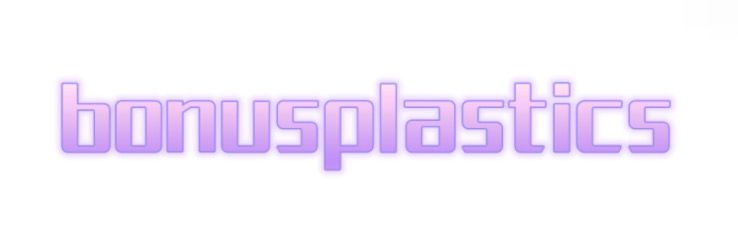Key Questions to Ask When Choosing Solar Solutions for Renewable Energy
As the global focus shifts towards renewable energy, solar solutions have emerged as a leading option for individuals and businesses looking to reduce their carbon footprint. However, choosing the right solar solution can be daunting. To help you navigate this process, we've compiled a list of key questions to ask, along with relevant statistics that highlight the importance of each consideration.
1. What Type of Solar Solutions Are Available?
Understanding the different types of solar solutions available is fundamental. The primary options include:
- Solar Photovoltaic (PV) Systems
- Solar Thermal Systems
- Concentrated Solar Power (CSP)
According to the International Renewable Energy Agency (IRENA), solar photovoltaic capacity reached 753 GW globally by the end of 2020, showing a significant rise from 627 GW at the end of 2019.
2. What Are the Costs Involved?
The costs of solar installations can vary significantly based on several factors, including system size and location. The average cost of solar PV systems in the United States was around $3.00 per watt as of 2021. Additionally, the levelized cost of electricity (LCOE) from solar fell by 89% between 2009 and 2020, making it one of the most cost-competitive energy sources available.
Source: Lazard's Levelized Cost of Energy Analysis, 2020.
3. What Are the Incentives and Rebates Offered?
Understanding the financial incentives available for solar energy can greatly impact your investment decision. For example, the federal solar tax credit allows homeowners to deduct 26% of their solar system's cost from their federal taxes, a benefit that has helped boost solar installations across the country.
According to the Solar Energy Industries Association (SEIA), this credit helped drive a record 19.2 GW of new solar capacity in 2020.
4. What Is the Expected Return on Investment (ROI)?
Estimating the ROI of a solar installation is crucial. On average, a solar PV system can provide a return of 20% or more, and many consumers see a payback period of around 5 to 7 years, depending on their location and energy consumption.
Source: National Renewable Energy Laboratory (NREL).
Suggested reading:4 Tips to Select a Compact ODM Solar Panel
5. How Much Roof Space Is Available For Installation?
Not all rooftops are suitable for solar installation. According to the U.S. Department of Energy, the average residential rooftop can accommodate a solar system of 5 to 10 kW, which typically generates between 6,000 to 12,000 kWh of electricity annually. It's essential to assess your roof's orientation, angle, and shading to determine its solar potential.
6. Who Are the Reliable Solar Providers?
Research and reviews play a significant role in selecting a solar provider. According to a 2021 survey by SEIA, 73% of consumers indicated that they would only consider providers that have been in business for at least five years. Checking third-party reviews and ratings can help in finding a reputable provider.
7. What Are the Maintenance Requirements?
Solar systems are generally low-maintenance, but understanding maintenance requirements can help avoid future issues. Regular cleaning and monitoring are essential. A study by NREL found that most systems can last over 25 years with minimal maintenance.
8. How Is the System Installed?
Installation quality directly affects system performance. Ensure your provider is certified and follows the best installation practices. According to the National Solar Association, poorly installed systems can lead to a decrease in energy production by up to 25%.
9. What Is the Performance and Warranty of the System?
Most solar panels come with a performance warranty of 25 years, but it’s essential to read the fine print. The degradation rate typically lies under 0.5% per year, meaning that after 25 years, a panel should still function at approximately 80% of its original output.
Source: American Solar Energy Society.
10. Are There Financing Options Available?
Various financing options can ease the upfront costs of solar installation, including loans, leases, and power purchase agreements (PPAs). According to IRENA, approximately 74% of U.S. solar installations in 2020 were financed through loans.
In conclusion, asking the right questions and leveraging accurate statistics can significantly aid your decision-making when choosing solar solutions. By considering these key factors, you position yourself to make an informed choice about your renewable energy future.
For more information, please visit Battery Power For Telecom, Rack Lithium Battery, Itech Lithium Battery.

